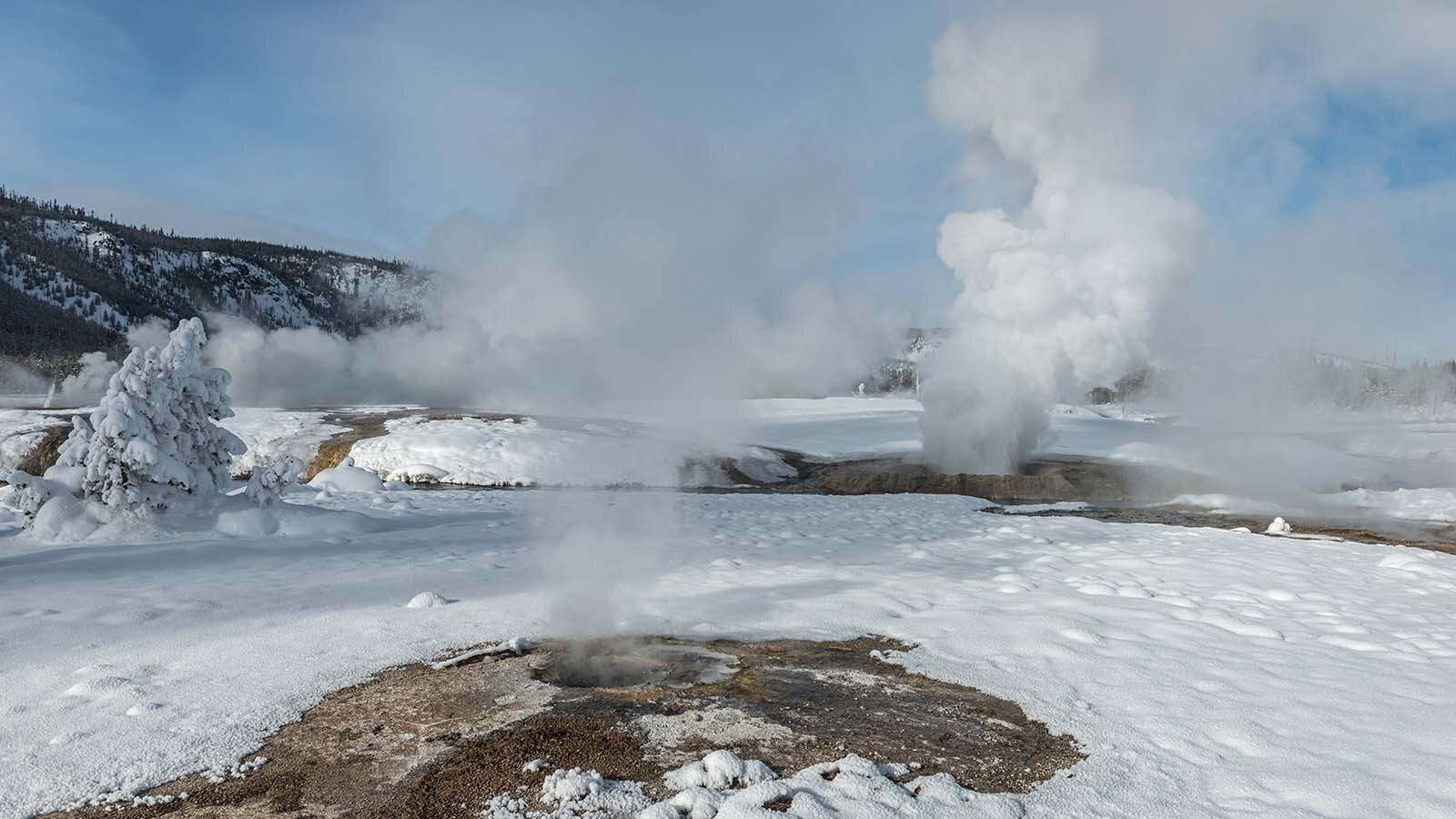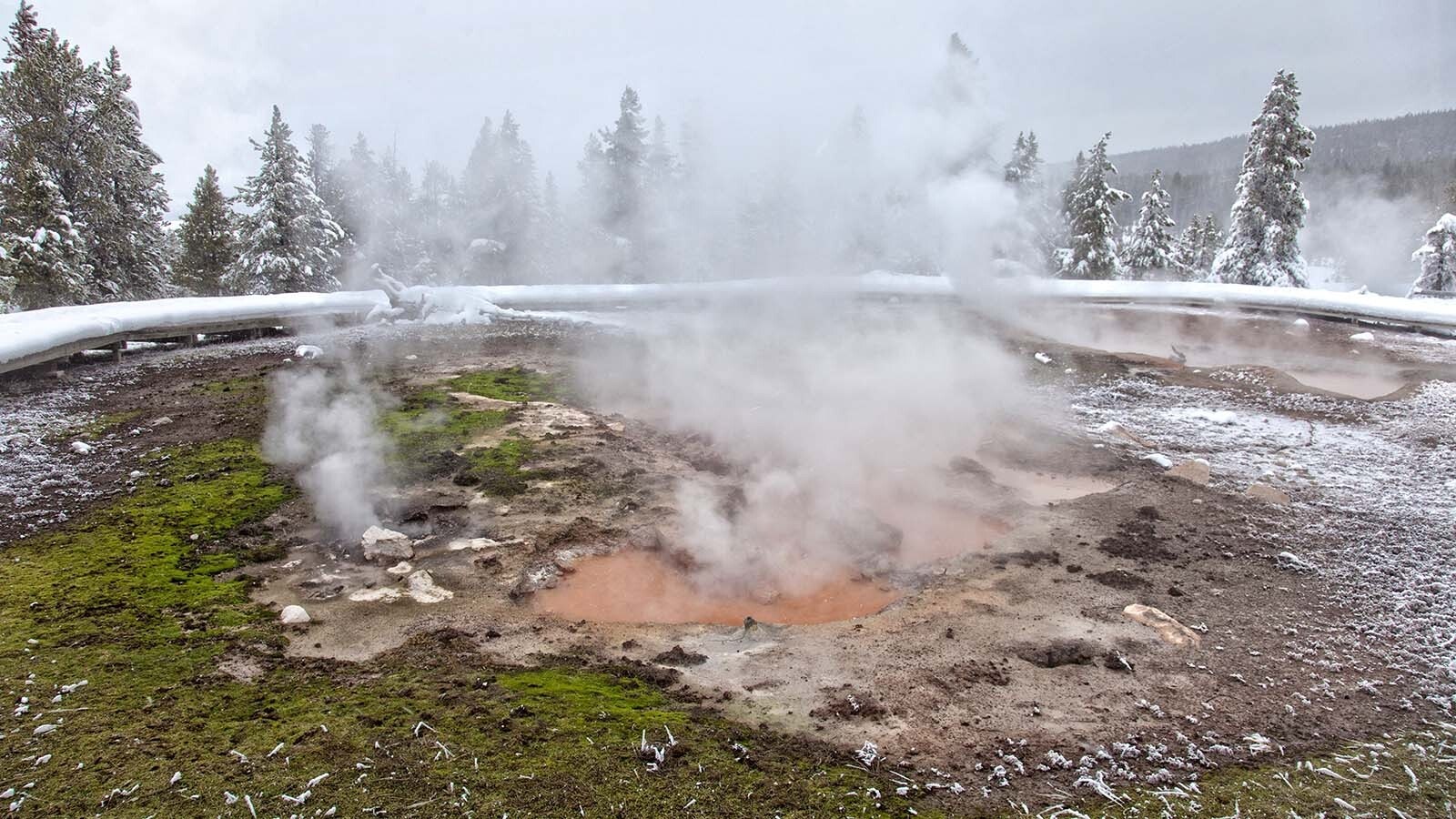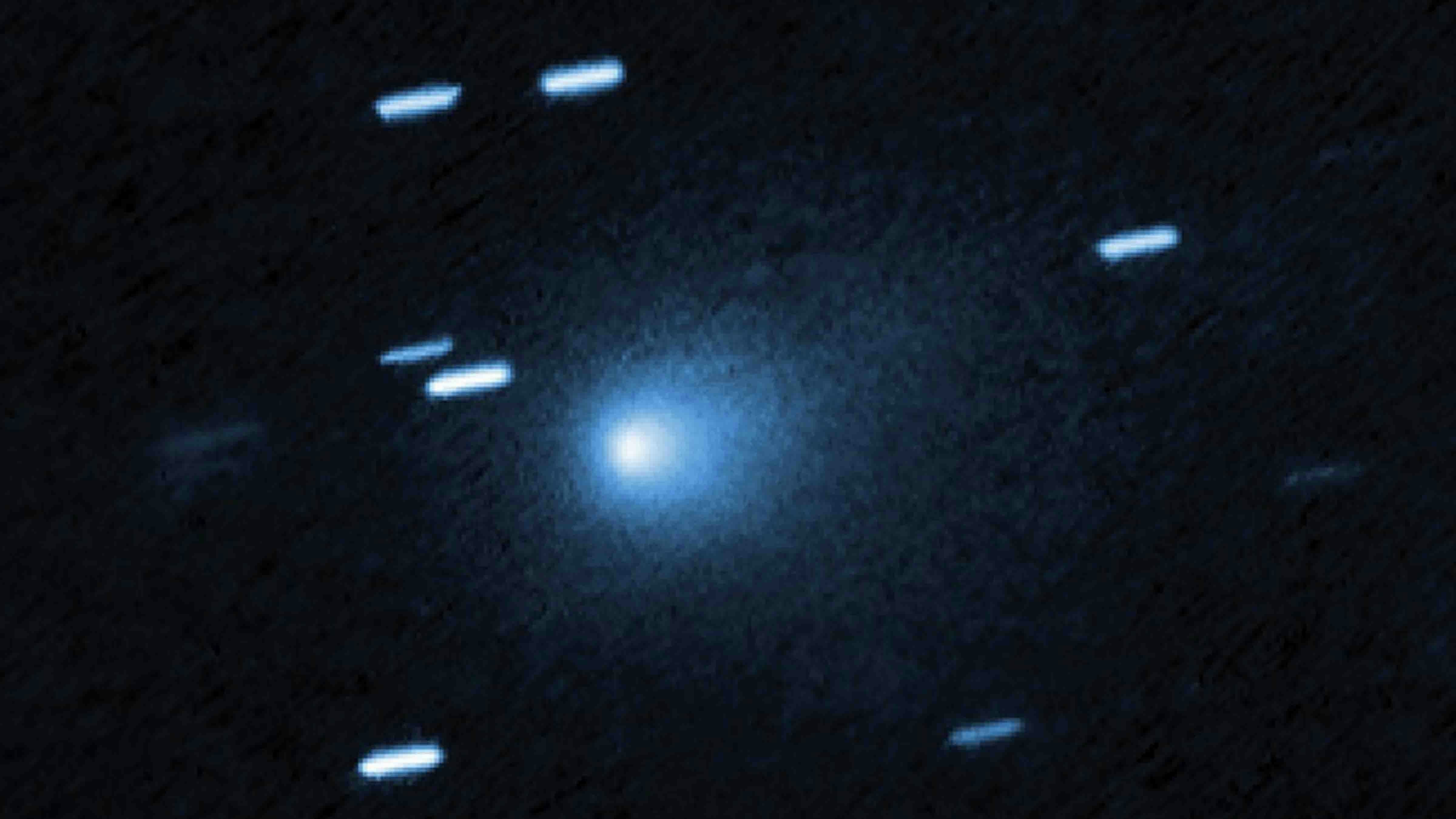Yellowstone National Park is celebrating the start of 2024 with an earth-shaking party, recording a pair of earthquakes in the first week of the new year.
The latest was a 3.1-magnitude quake at 5:10 p.m. Wednesday with an epicenter was 18 miles east of West Yellowstone along the Nez Perce Creek close to the Lower Geyser Basin, at a depth of more than 6 miles. It was the latest in a series of quakes shaking things up at the beginning of 2024.
However, contrary to some doomsday prophesies, a swarm of earthquakes doesn’t indicate an imminent volcanic eruption.
In fact, it’s entirely detached from the Yellowstone supervolcano, just like most of the park’s seismic activity.
Not Shaking Anything Up
The Yellowstone Volcano Observatory has been monitoring this week’s earthquakes that started with a 3.1-magnitude quake on New Year’s Day. There could be several more quakes of similar magnitude over the next few days and potentially beyond that.
For some outside observers, even the smallest rumbling signifies an impending apocalyptic event. For Mike Poland, the scientist in charge at the Yellowstone Volcano Observatory, these earthquakes are just Yellowstone being Yellowstone.
“This is typical for what Yellowstone does a few times a year,” he told Cowboy State Daily. “At another volcano, that might actually be something to pick up about. But Yellowstone's personality is to have swarms that may include some 3-magnitude events.”
Most Yellowstone earthquakes are magnitude 2 or lower, but 3-magnitude quakes aren’t uncommon. Poland said there were four 3-magnitude earthquakes detected in 2023, but there were at least 10 3-magnitude earthquakes in 2022.
The largest earthquake in Yellowstone’s recorded history was a 6.1-magnitude temblor on June 30, 1975. The devastating Hebgen Lake earthquake of 1959, which caused 28 deaths and $11 million in damage, was a 7.3 magnitude, but its epicenter was just outside the park boundary in Montana.
Yellowstone usually experiences a 4.0-magnitude earthquake every few years. By comparison, the two 3.1-magnitude earthquakes this week are among the 1,500 to 2,500 quakes Yellowstone experiences in a typical year.
Swarming And Shaking
Poland said Yellowstone’s earthquakes typically aren’t “one and done.” There are usually swarms of earthquakes, and a given area can remain seismically active for days, weeks and even months at a time.
“There was a swarm beneath the north part of Yellowstone Lake last March that lasted several days, and it had a few 3.0-magnitude earthquakes as part of it,” he said. “The largest earthquake of 2023 was part of that swarm.”
There was a full day between the two 3.1-magnitude quakes recorded this week, but that doesn’t mean the current swarm is over. Poland said a swarm doesn’t mean constant quaking, just a cluster of seismic activity concentrated in the same general area over a period of time.
“Swarms in Yellowstone usually last for at least days, possibly weeks,” he said. “There will be in the initial pulse, and things might go quiet for a bit. And then a few hours or days later, there might be a little more of a pulse.
“Occasionally, you can get swarms that are ongoing for months at a time, and they just never quite completely peter out. Then, they decrease in diminishing intensity with time.”
In December 2023, University of Utah seismograph stations located 89 earthquakes in the Yellowstone region. Several of those quakes were part of three swarms detected throughout the park, with as many as 16 quakes in each.

Not The Volcano’s Fault
When Yellowstone shakes, it’s easy to blame the massive supervolcano that created the park's natural wonders. However, Poland said the park’s seismic and volcanic activity are usually unrelated.
Earthquakes typically originate along the edges of the planet’s tectonic plates, called fault lines. As the plates move against each other, energy is released into the surrounding crust and manifests as earthquakes.
Many volcanoes originate along the boundaries of tectonic plates, but the Yellowstone caldera is different. It’s a massive hotspot where superheated magma in the earth’s mantle burned into a solid piece of crust and onto the surface.
Poland said the appearance of the Yellowstone hotspot might not be near any major fault lines, but minor fault lines still exist in the area.
“You can see the faults in the region, but they’re hard to see in the park,” he said. “When the caldera formed 631,000 years ago, it blew a hole in that part of the landscape. It’s hard to trace the faults, like the Teton fault, which comes into Yellowstone from the south and disappears. And then some (faults) come out of the caldera area to the north and go through Paradise Valley and out into Montana. Those faults traverse the Yellowstone region and are still seismically active.”
Most of the quakes detected in Yellowstone, like the two 3.1-magnitude quakes in the first week of January, stem from the activity of the fault line running through the Yellowstone region.
“That's motion along a fault,” he said. “It's not related to the magma moving around or anything like that.”
Just Add Water
While earthquakes are common enough in Yellowstone, earthquake swarms may require more than just motion along a fault. Poland said another addition might create the swarms: add water.
“When water interacts with pre-existing faults, you can get lots and lots of seismicity,” he said. “The typical motivation for swarms in Yellowstone is motion on the existing fault with water that facilitates it. These kinds of swarms are pretty typical of that kind of interaction.”
Even if swarms of earthquakes in Yellowstone are routine for Poland and the other scientists at the Yellowstone Volcano Observatory, there’s something special about starting 2024 with a swarm of seismic activity.
“This is typical for Yellowstone, but it just happened to start right at the beginning of the year,” he said. “It's a fun start to the year with this kind of swarm kicking things off right. And right on New Year's Day.”
Andrew Rossi can be reached at arossi@cowboystatedaily.com.





